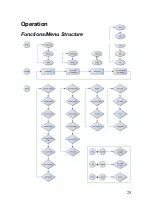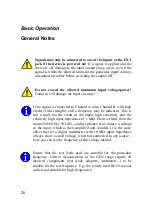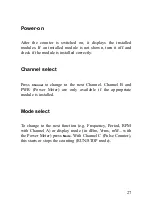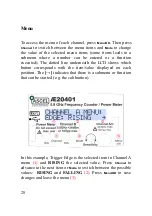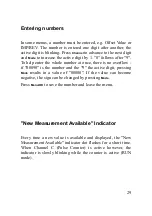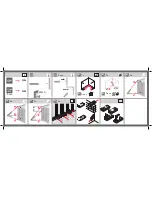
Assembly
General note
It is essential to work precisely and systematically to minimize
the possibility of faults. Check every step, each component
placement and orientation, and any solder joint. Follow the
assembly order given in the manual.
Take your time - it takes longer to troubleshoot than to prevent
faults by working accurately.
The most common reason for a malfunctioning device is wrong
component placement: either the component being placed in
the wrong place or back to front. Check resistors with a
multimeter if you have difficulties reading the color bands.
A common mistake is regarding capacitor labeling, such as
n10 = 0.10 nF = 100 pF as opposed to 10 nF. Also, check if all
leads of an IC are correctly inserted into the socket. They tend
to bend during insertion.
After soldering, inspect the board for what are called cold and
dry solder joints. Cold joints occur if the soldering temperature
did not exceed the solder's liquidus temperature, or if the flux
evaporated before it was applied on the surfaces being
soldered. This is usually the result of the soldering iron being
used to heat the solder directly, rather than the parts
themselves. Dry joints occur when the cooling solder is moved.
They often occur because the joint moves when the soldering
iron is removed from the joint. When using lead solder, the
joint should be smooth, bright and shiny. The joint should be
reworked if it is not.
14
Summary of Contents for AE20401
Page 23: ...Finished Component Side Finished Solder Side without the LCD LCD Mounting 17 ...
Page 31: ...Operation Functions Menu Structure 25 ...
Page 37: ...31 Example 1 noise Example 2 one signal superimposed on another ...
Page 50: ...Circuit Diagram Part 1 2 44 ...
Page 51: ...Part 2 2 45 ...
Page 63: ... Nr of valid counts depends on range 57 ...
Page 64: ...ASCEL ELECTRONIC www ascel electronic de 2015 ...


























